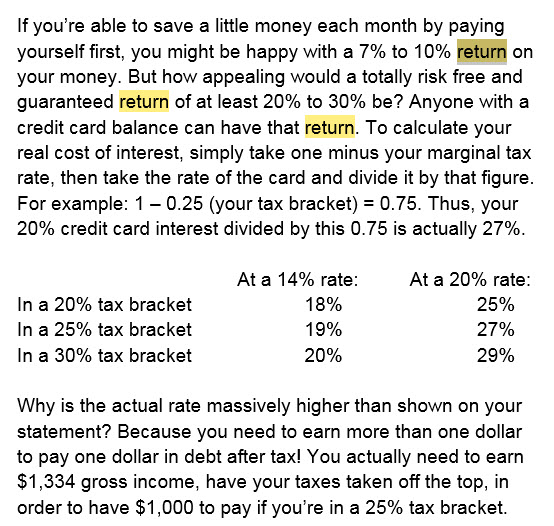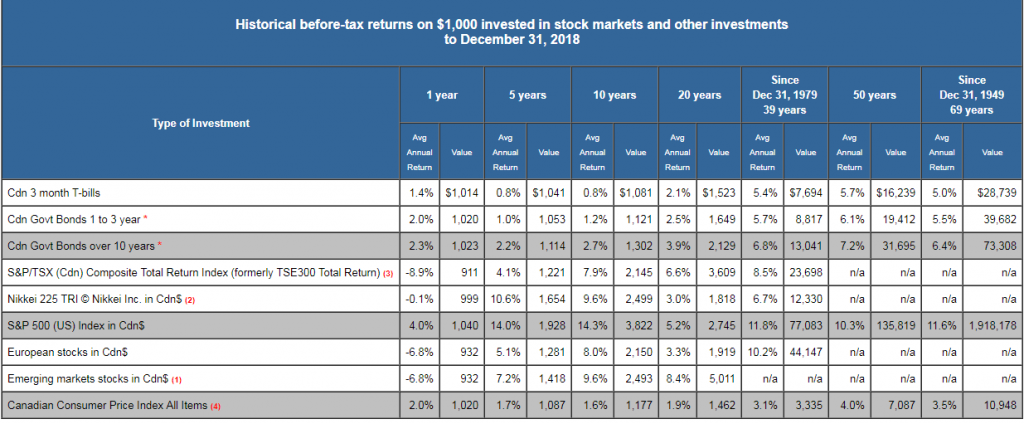In most places, when you’re 18 you’re an adult. In BC, the age of majority is 19 and by 21 you can do anything anywhere. You’re done with high school and can drive, drink, vote, borrow or invest, and live on your own. However, for the majority of the population, that doesn’t make them a financial adult. That can happen soon after, or it might not happen until your 30s or 40s – if ever…
This week and next, I want to go through a list of what I believe makes you a financial adult. It doesn’t mean you have to be debt free or take a university course. The essence of it is that you need to be in control of your finances and money, instead of it being in control of you. You’re pro-active versus reactive and out of control. If you do these, or know how to do these, congratulations! You’ve graduated! Some are easier than others, but all are really important.
1..You have at least one-week of income as basic emergency fund and are working towards a full three to six months of all your expenses.
2..You have two credit cards and a debit card. Your credit card balances are less than 30% of your limit (or are lowering your balances every month in order to get there) and you do not have or use an overdraft on your chequing account.
3.. In the last two years you have checked your credit report and credit score at least once and your credit report is accurate. In other words: You’ve disputed and had them fix any errors. (Go to Equifax.ca and purchase ‘score power’ which is your credit report and score.
4..You have opened an RRSP account and/or Tax Free Savings Account and make a regular monthly contribution. No matter how small – at least you’ve started and have traction.
5..You have basic insurance. Car and home coverage is obvious. But if you’re a renter, you have a tenant fire insurance policy and if you have a child, or a partner, you have a term life insurance policy.
6..Whether you’re single or married, rich or broke, you have a properly completed will. It can be a $20 do it yourself kit if you’re single, or a lawyer-prepared one if it’s more complex and you have kids. But you (or you and your partner) do have a will.
7..You know the actual amount of your net take-home pay every month. You can’t control your money if you don’t even know the exact amount you net and keep talking about your gross pay as if that were what you could spend each month.
8..You have done at least a one-time budget, or have a system of tracking your spending.
9..Your monthly spending is less than your monthly take-home pay. You may have ten cents left or $1,000 – but you’re not spending more than you earn. Financial adults figure out how to pay for something and then buy it. Others buy it and then figure out how to pay for it later.
10..You know your net worth. At least once a year you figure out what your total assets are (what you own) less your total debts (what you owe) and whether you’re growing it by savings, or whether it’s shrinking by going into debt.
11..You have a system for paying your bills every month. Waiting for the mail is not a system! Whether it’s an app on your phone, setting up automatic payments, a calendar, an on-line program or a simple check list you look at every month – it needs to be a specific system.
Waiting for the bill in the mail isn’t a plan. If the statement doesn’t come and you forget, your credit rating plummets. Blaming the post office won’t work. It’s your fault that you don’t have a system for staying ahead of the game and on top of your bills.
12..You have a proper filing system for your financial stuff. It can be six large envelopes for each of the last six years, or a ton of file folders, if you’re an organizational nerd. Kids get to say ‘I lost it.’ Financial adults don’t have that option. The graduating test will be whether you can find your tax return from 2011, or a bank statement from February within 10 minutes.
13..You are taking specific steps every month to pay off your existing debt, excluding your mortgage. You are paying more than minimum payments and your total debt is shrinking each month. You have a specific month and year that you’re working towards when you will be debt free except your home.
14..In the past year you have made at least one call to dispute a charge, ask for a lower rate, or comparison shop. If you don’t know how to stand up for your money – others will gladly keep taking it from you.
15..If you’re in a committed relationship, you and your partner spend at least an hour each month without the TV or kids discussing your money, savings, bills, purchases and budget. Kids spend – financial adults have a plan and communicate.
16..You have at least two specific and measurable financial goals. Saving more in my RRSPs, or paying off my credit card isn’t a financial goal – it’s a dream. It needs to be specific: Saving $150 a month in RRSPs is specific and measurable. Reducing my credit card balance by $200 or more every month until it’s paid off is a measurable and specific goal.
17..At least once each month you have the self-confidence to say no to an expense. It may be at work, to your kid, or to yourself. If you don’t know (or don’t want to) say no or say that you can’t afford it, or don’t need it you’re doomed to have your money continue to control your life, instead of the other way around. Setting boundaries is what financial adults do.
18..On anything expensive you shop around before committing to a debt or a bill. That includes interest rate shopping, your insurance, cell phone contract, and your credit card interest rate if you always carry a balance. Kids impulse buy until they’re out of money – financial adults don’t spend until they’re broke. If you do – you can skip the other items and save a bunch of time and effort – you’re doomed to be broke for years to come.


